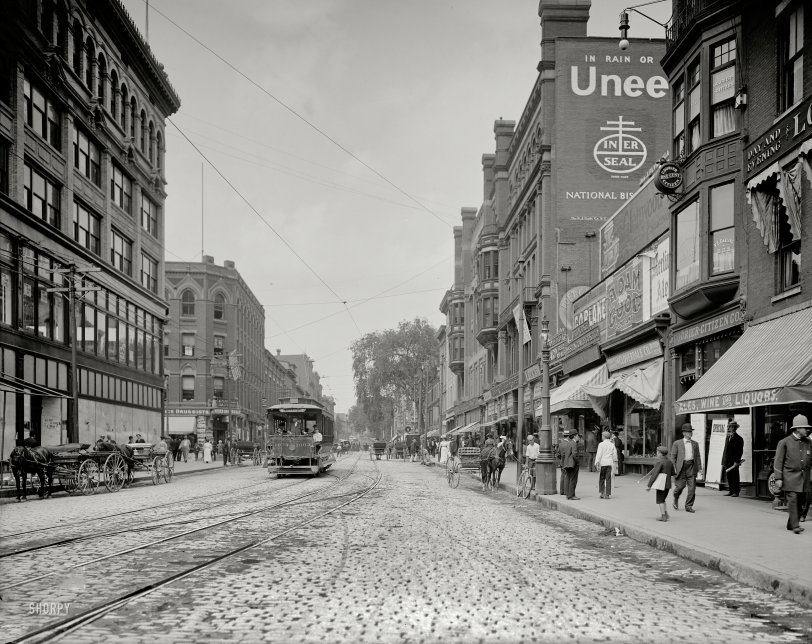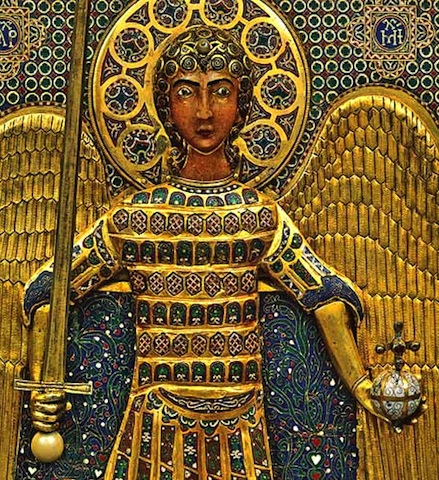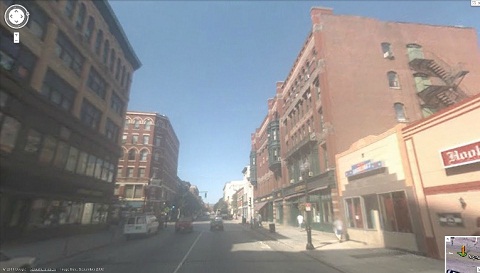


Framed or unframed, desk size to sofa size, printed by us in Arizona and Alabama since 2007. Explore now.
Shorpy is funded by you. Patreon contributors get an ad-free experience.
Learn more.

- Details, Details
- What's that building to the left of the tower?
- Coal Barges
- Bromo-Seltzer
- Inner harbor
- The Basin
- What a headache!
- Giant stepladder?
- Baldwin 62303
- Baldwin VO-1000
- Cold
- No expense spared
- Tough Guys
- Lost in Toyland
- And without gloves
- If I were a blindfolded time traveler
- Smoke Consumer Also Cooks
- Oh that stove!
- Possibly still there?
- What?!?
- $100 Reward
- Freeze Frame
- Texas Flyer wanted
- Just a Year Too Soon
- WWII -- Replacing men with women at the railroad crossing.
- Yes, Icing
- You kids drive me nuts!
- NOT An Easy Job
- I wonder
- Just add window boxes
Print Emporium
Merrimack Street: 1908

Lowell, Massachusetts, circa 1908. "Merrimack Street looking west." 8x10 inch dry plate glass negative, Detroit Publishing Company. View full size.
Adam Good Company
Nabisco Logo Origins
JohnB, thank you for the link regarding the history of the National Biscuit Company logo. It traces its origin to a 15th century printer's design used in Venice, which in turn was derived from early Christian art. Perhaps it was inspired by this Byzantine icon of the Archangel Michael found in the church of San Marco in Venice. Note the orb held in the Archangel's hand:

Uneeda Biscuit mentioned in
Uneeda Biscuit mentioned in the opening number of The Music Man (as the train approaches River City): "The Uneeda Biscuit in an airtight, sanitary package, made the cracker barrel obsolete, obsolete...."
On the street . . .
. . . where, about thirty years later, you'd find Jack Kerouac and his high school pals encountering the existential night.
Streetcar Tracks
Must have been a real challenge to buggy drivers to keep those narrow wheels from becoming trapped in the tracks. (Still a problem today, albeit for bicyclists at diagonal railroad crossings).
Uneeda Biscuit
National Biscuit Company (Nabisco) had only been in business 10 years when this photo was taken.
"In Rain or"
Or what? what I say?, I must know!
Now I won't sleep tonight.
Massachusetts Oriels
No, not birds of any kind but those lovely protruding windows about half-way down the block, supported on the stone brackets. Bay windows are similar, but do not have the supporting bracket. For comparison see the window of V.E. Darlings' office in the Courier-Citizen building.
Pioneer Signage
The O.J.Gude Company of N.Y. the company that made the Uneeda Biscuit Sign, partially seen in this picture, was a preeminent outdoor advertising company. They must have had a deal with the other NBC (the one that makes the Mallomars) to paint their signs wherever in the nation that the biscuit company felt it was needed. I think they also made the first electrically lighted outdoor sign as well.
Propped bikes today
I've seen bikes propped up against the curb like that in Tulum, Mexico, but never in the U.S. Pretty nifty.
A Dam Good Picture
A plethora of great signs here, but I was initially surprised to see the sign for the nicely-named A Dam Good Company, especially in 1908 New England.
Took me a minute to realize the sign was for the Adam Good Company.
Is it Adam Good?
Signs painted on the buildings on the right of the picture advertise either A Dam Good Co. or Adam Good Co. The street level store just below that sign sells coffee, tea, butter and cheese. I'm confused (as usual).
"Propped" Bicycle.
The young guy on the right appears to be picking up his bicycle from where he parked, or "propped" it at the curb. By positioning the bike exactly as shown, it would stay that way without falling over. If the curb wasn't high enough, the pedal would also help by being placed to hold it at the top of the curb. We sometimes parked our bikes this way as kids, and without the benefit of Kryptonite locks, they were always there when we came back. But then again, it was the 1950s.
Then and now
I live downtown. Still a fun city but with fewer horses and buggies.

Who's paying for this pic?
This picture raises a question I've had generally about how these photos got made. Did Detroit Publishing, National Photo, etc, just send photographers out in the field to take pictures at the photographer's whim? And then hope to sell them later?
I can understand the party photos, portraits, etc, I would imagine someone called up the local photographer and wanted a photo shoot. But what was the motivation for the more "arty" shots that we see? Or the last picture, where we see people hauling granite? I'm thankful they did, but don't quite understand how the bills got paid.
[Detroit Publishing, which had retail galleries in New York, Detroit and other major cities, was mainly in the postcard business; National Photo was a news service and commercial photography and portrait studio whose pictures were commissioned by its clients. -Dave]
























On Shorpy:
Today’s Top 5